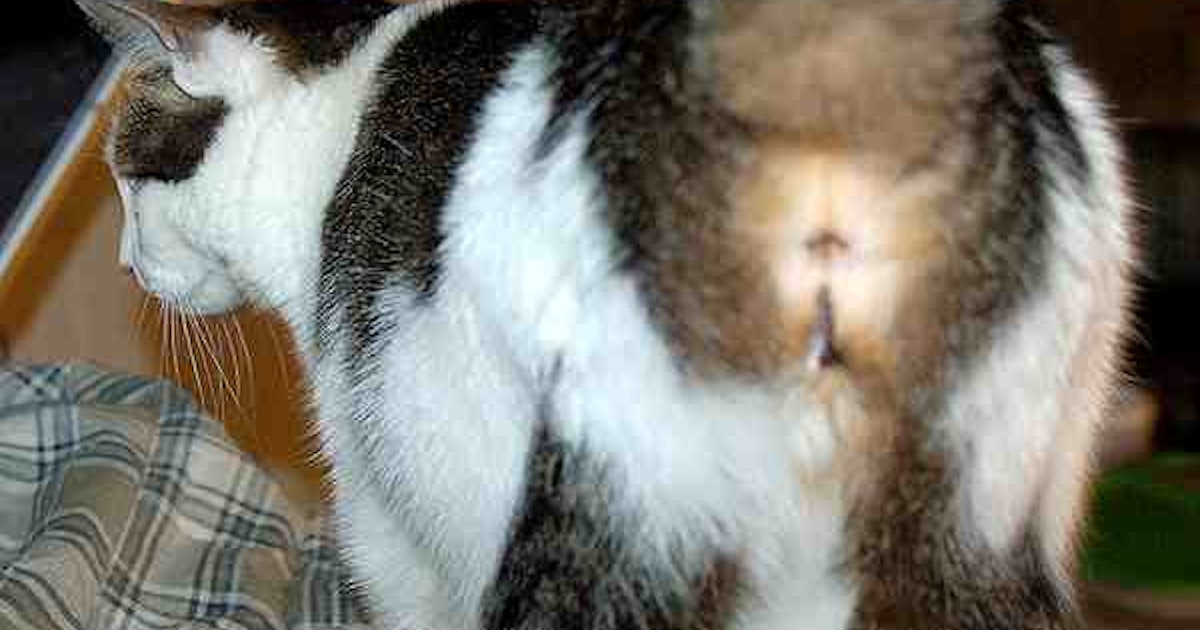Core Concepts
Cats show their butts as a way to communicate and be friendly, not to gross out their owners.
Abstract
Cats showing their butts is a normal behavior rooted in feline communication. It's a way for them to say hello or seek attention, based on the importance of smell in their interactions. Despite being confusing, it's a friendly gesture from cats towards their owners.
Customize Summary
Rewrite with AI
Generate Citations
Translate Source
To Another Language
Generate MindMap
from source content
Visit Source
www.inverse.com
Why Do Cats Show You Their Butts? A Scientist Explains
Stats
"For cats, it’s normal for them to sniff each other’s butts as a way to say hello or confirm another cat’s identity."
"So cats may be ‘inviting’ us to check them out, or just giving us a friendly hello."
Quotes
"For cats, it’s normal for them to sniff each other’s butts as a way to say hello or confirm another cat’s identity."
"He’s The Worst and I love him."
Key Insights Distilled From
by at www.inverse.com 02-21-2024
https://www.inverse.com/article/39065-why-cats-show-you-butt-science
Deeper Inquiries
How does understanding cat behavior enhance the human-pet relationship?
Understanding cat behavior can greatly enhance the human-pet relationship by allowing pet owners to interpret their cats' actions more accurately. For example, knowing that a cat showing its butt is actually a friendly gesture rather than an aggressive one can prevent misunderstandings and strengthen the bond between the owner and the pet. By recognizing that cats rely heavily on scent for communication, owners can adjust their interactions with their feline companions to better meet their needs and preferences. This deeper understanding of cat behavior fosters empathy and mutual respect in the relationship, leading to increased trust and companionship.
Is there any scientific evidence supporting the claim that cats are evil geniuses?
While there may be anecdotal evidence suggesting that cats exhibit cunning or manipulative behaviors, there is limited scientific research specifically labeling them as "evil geniuses." Cats have evolved unique survival strategies that involve using their intelligence to navigate complex environments and secure resources like food and shelter. However, attributing moral qualities such as "evil" to animals is subjective and not scientifically validated. It's essential to consider factors like natural instincts, socialization, and individual differences when interpreting feline behaviors without anthropomorphizing them.
How can cultural differences influence interpretations of pet behaviors?
Cultural differences play a significant role in shaping how people interpret pet behaviors due to varying beliefs, values, and norms regarding animal-human relationships. For instance, in some cultures, certain behaviors exhibited by pets may be seen as disrespectful or taboo while being completely acceptable in others. Additionally, cultural attitudes towards animals impact how they are treated and understood within society. Understanding these cultural nuances is crucial for avoiding misinterpretations of pet behaviors based on personal biases or assumptions. By acknowledging diverse perspectives on animal welfare and communication, individuals can develop a more inclusive approach to caring for pets regardless of cultural backgrounds.
0
